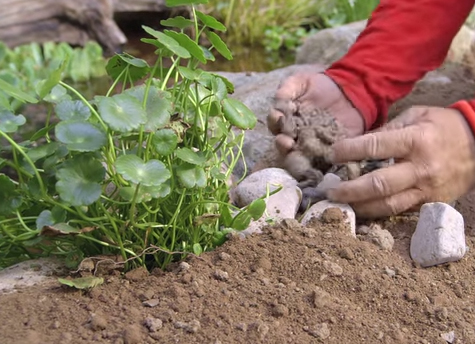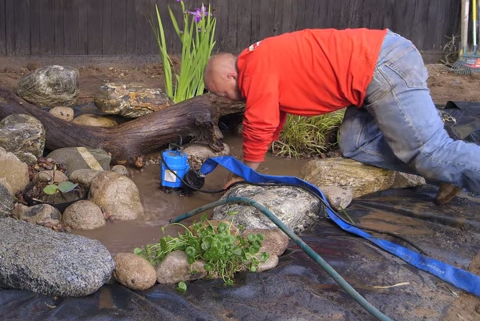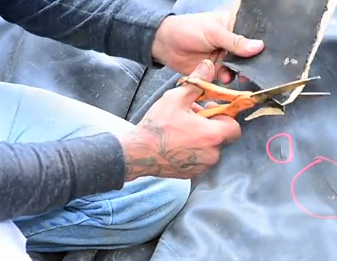process
It's a fact: Creating large watershapes for international clients is enough to send a project team's stress levels off the charts. You start with all the usual pressures of time, money and prestige that go along with performing on the global level. Then there are cultural differences, not to mention local environmental concerns having to do with water usage. And these factors can give you trouble even when you think you know what you're getting yourself into. Through the years, our company has learned many lessons about the importance of accommodating the cultural and economic overtones of what we do. From our base in Toronto, Crystal Fountains pursues projects the world over and always strives to
Each custom design project is, of course, different from any other. The client may be a known quantity, but the site and the budget won't be and, as professionals, we always end up responding to unique sets of variables with eyes wide open. In the first part of this series, we looked at the disembodied details and components that made up one of these unique design packages. Starting with this part and continuing into the next, we'll examine at what was involved in assembling that particular set of features and, in this article, look specifically at how my collaboration with the client proceeded from initial contact to acceptance of a preliminary design. Obviously, what I'll describe here is
The backyard-design process, it's been said, is something like completing a jigsaw puzzle: You start with a framed space and assemble available pieces to fill in the picture. But there are two problems with this common analogy: First, the number of available pieces far exceeds the physical capacity of the frame and, second, there are no precut tabs or notches to guide placement of the selected pieces. So you'd be closer to the mark if you said that design is like the worst, most challenging jigsaw puzzle ever - and even then, the typical backyard-design task is much harder. Shining a light on this process is
‘In discussing coping and decking,’ noted David Tisherman in his February 2008 Details column, ‘ I invariably combine them because, in my view, they are truly inseparable: For a design to succeed, both must work together because they play such important roles in
I've just returned from the 2016 International Pool|Spa|Patio Expo - a bit tired but, as usual, satisfied with the experience. As I had hoped, I enjoyed lots of conversations about future articles and an unusual number of chats about advertising and sponsorships. Also, the show took place in New Orleans, so I had a
In the final installment of their series on the history and development of the shotcrete method of concrete application, William Drakeley and Lily Samuels examine the industry's current state of the art -- then cast an optimistic eye toward the approach's future.
No matter how firm a focus you maintain on making a pond into a safe, comfortable home for frogs, there's always the need to keep at least one eye (if not both) on the way the pond looks. My goal, as I discuss in some detail in the video linked below, is to make every watershape I produce look as though it belongs where I've put it, as though the pond
In any given project, it's almost certain that we'll figure out a new way to nick or tear some spot on the 45-mil EPDM liners we use in our ponds. Sometimes it's a sharp edge on a heavy boulder we're jockeying into place; other times it's the random sort of harm to be done by shovel blades, knives, screwdrivers, awls and other tools you can't get away from on a job site. The great thing about EPDM liners is that repairing nicks and cuts is






















